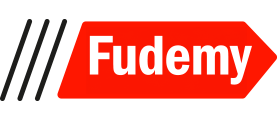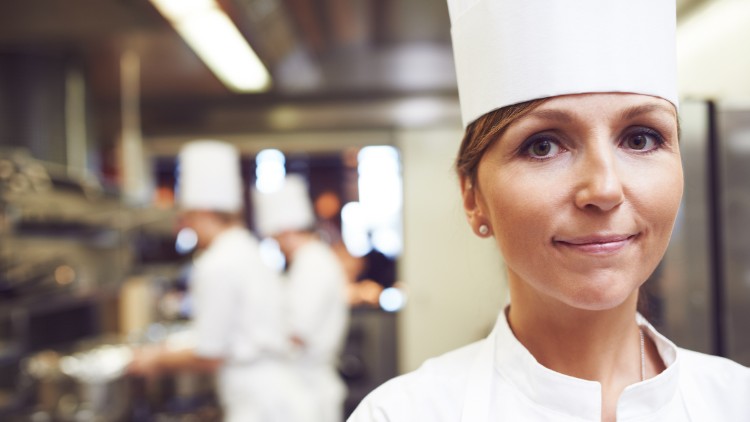What
You’ll Learn
You’ll Learn
- Safe cooking temperatures for all foods
- Effective dry and moist cooking techniques
- Nutritional components and their health benefits
- Uses of herbs
- spices
- and flavor enhancers
- Food safety and sanitation standards
- Emulsifying agents and sauce preparation basics
Requirements
- There are no prerequisites for taking this course. It is open to anyone with an interest in culinary skills and food safety
- regardless of prior experience.
Description
Gain the knowledge and skills to become a Certified Culinarian with this in-depth culinary course. This course covers a wide range of essential culinary topics designed to prepare students for real-world kitchen environments and to excel in the Certified Culinarian Practice Exam. Whether you’re new to cooking or seeking to refine your skills, the course will take you through the fundamentals of cooking, from understanding safe food handling to mastering the art of flavor enhancement.
We begin with safe cooking temperatures and techniques that all Certified Culinarian professionals must know. This course ensures you know how to handle food safely, an essential skill for any professional kitchen. With foodborne illnesses a common concern, the course highlights sanitation practices that meet the Certified Culinarian standards, allowing students to gain confidence in their skills.
Another core area of this course is the study of cooking techniques. Becoming a Certified Culinarian means mastering different cooking methods, from sautéing to roasting. We provide lessons on both dry and moist cooking methods, helping students understand when and how to use each one. Each lesson is crafted to prepare you for the Practice Exam, offering hands-on insights into real culinary tasks.
A unique focus is placed on the nutritional side of cooking. Students will learn about various nutritional components and how they benefit the body. Understanding these elements is crucial for a Certified Culinarian who wants to create balanced, nutritious meals. Lessons on proteins, fats, carbohydrates, and vitamins guide students on the nutritional value of each ingredient.
In addition to cooking basics, we explore the use of herbs, spices, and flavor enhancers. This area of study sets Certified Culinarian professionals apart, giving them the knowledge to transform dishes with seasoning. We explain how to incorporate these ingredients for the best flavor results. The Practice Exam will cover these elements, ensuring students are confident in using spices and herbs.
Another important section of this course covers cooking bases, emulsifying agents, and sauces. For the Certified Culinarian Practice Exam, students need a solid understanding of these components. Lessons on emulsification, sauce-making, and flavor bases (like mirepoix and roux) help students prepare rich, flavorful dishes. Knowing how to combine ingredients correctly is a core skill for any Certified Culinarian.
Finally, students learn about types of flour and cooking fats. Knowledge of flour types is vital for baking and cooking, while understanding fats helps students make healthier food choices. This course section provides information on various flours, their uses, and the properties of fats. Each lesson prepares students for the Certified Culinarian Practice Exam, giving them confidence in ingredient choices.
This Certified Culinarian course offers thorough preparation for the Practice Exam. With each module, you’ll strengthen your culinary skills and gain insights into the world of professional cooking. From handling food safely to mastering culinary techniques, this course is designed for anyone who dreams of becoming a Certified Culinarian. Join us and start your journey to certification today!
Who this course is for:
- Aspiring chefs wanting to become Certified Culinarian professionals
- Culinary students preparing for their Practice Exam
- Cooking enthusiasts aiming to improve kitchen skills
- Professionals wanting official Certified Culinarian credentials






